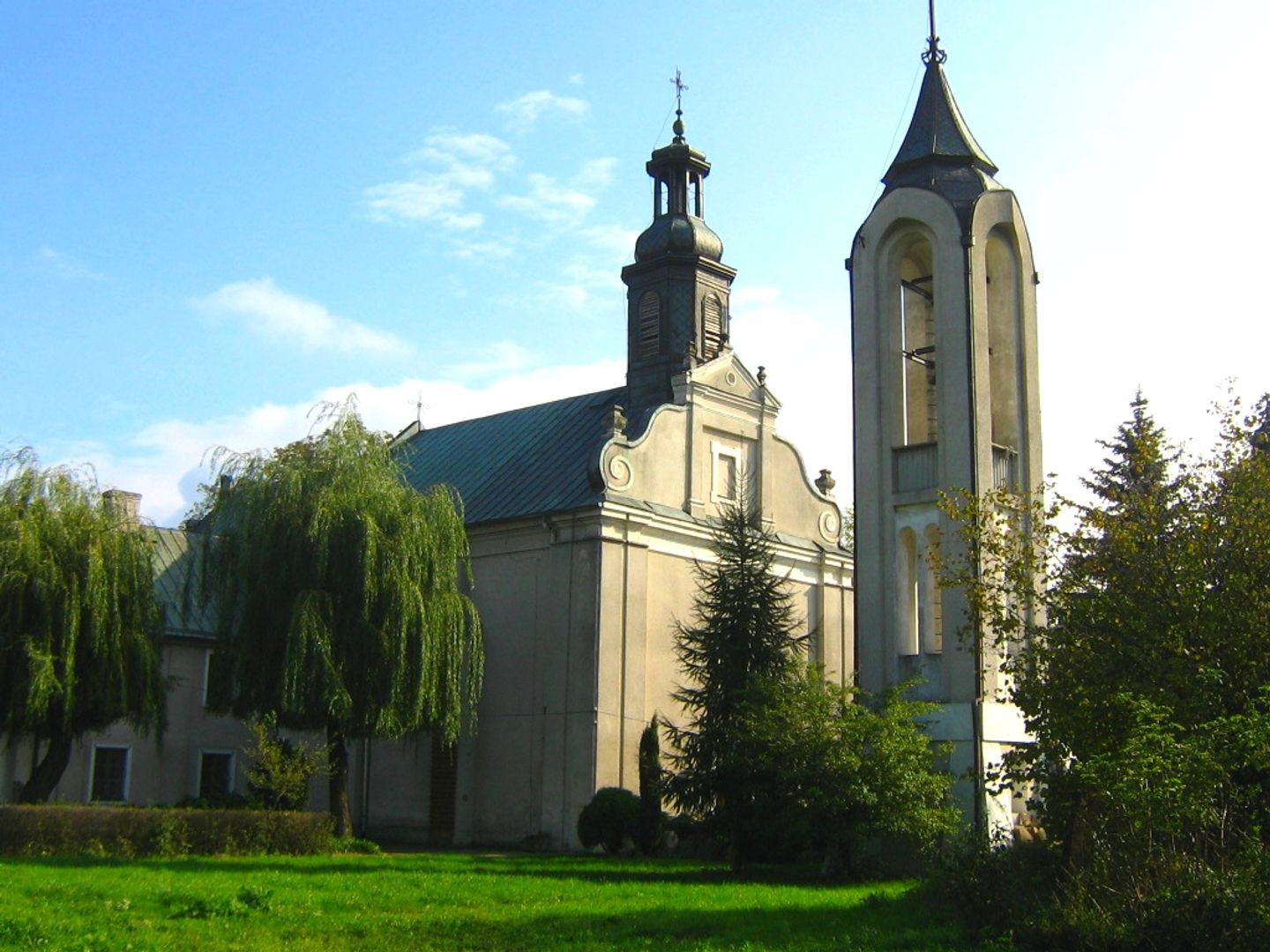Wyszogród
6.04

Overview
Wyszogród is a town located in the Masovian Voivodeship, with a rich history spanning nearly a thousand years. As a royal town of the Crown of the Kingdom of Poland, Wyszogród played a significant administrative and commercial role, particularly during the Middle Ages. The first written mention of the town dates back to 1065. In the 13th century, a castle was built here, which later became the seat of the starosts. In 1398, the town was granted municipal rights, which contributed to its economic and commercial development, especially in the trade of grain and cloth. During the interwar period, Wyszogród reached its highest population level—6,739 inhabitants in 1939.
Architecturally, Wyszogród stands out with its Baroque Church of the Holy Trinity from the 18th century and the Church of the Angelic Mother of God, completed in the early 15th century, which was a Franciscan church. The town is also known for its bridge over the Vistula River—first a wooden one and later a steel structure opened in 1999, which significantly improved regional transportation. Wyszogród is characterized by its high riverbank overlooking the Vistula and its proximity to transportation routes, enhancing its accessibility.
The cultural life in Wyszogród revolves around the local cultural center, which organizes numerous events such as the Vistula Days and the Vistula Runs. The town is home to sports clubs, a public library, and a school complex. Wyszogród is a typical agricultural municipality, where farmland predominates, and the residents are primarily engaged in trade, services, and agriculture. Around 250 businesses operate in the municipality, reflecting local entrepreneurship.
An interesting fact about Wyszogród is its name, which in Old Polish means "high stronghold," referring to the town’s location on a high riverbank. In 2021, the town had 2,427 inhabitants, and its demographics show a decline compared to previous years. Historically, Wyszogród was the site of significant events, such as its defense during the Swedish Deluge and World War II, when a large part of the Jewish population was murdered. The post-war reconstruction of the town contributed to its further development as a local trade and service center. Today, Wyszogród is an attractive place for both residents and tourists, combining a rich history with contemporary social and cultural life.
Location
2025 Wizytor | All Rights Reserved